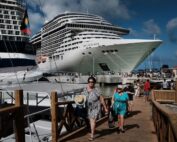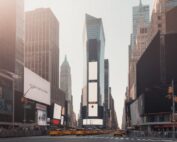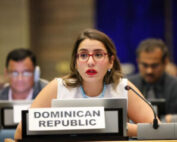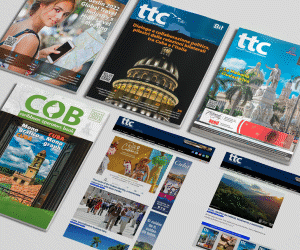The tourism sector generates US$9 billion for the Dominican Republic through natural capital

The tourism sector contributes $9 trillion annually to the Dominican economy through natural capital, which is the combination of a country’s natural resources and ecosystem services, representing a contribution of 22% of the Gross Domestic Product (GDP), according to economist Victor Gomez Valenzuela, who spoke during a conference organized by Intec University.
The expert, while delivering the keynote address “Natural Capital of the Dominican Republic and Sustainability” of the Permanent Seminar on Dominican Reality (Semper) project in its fourth edition, indicated that these results are the fruit of a study he led, sponsored by the World Bank.
He highlighted that the Dominican Republic has positioned itself as the sixth high-performing economy in Latin America, Central America, and the Caribbean, mainly due to the boom in tourism and the growth of other sectors.
DR leader in the economy
He said it is an economy that is approximately 30% larger than Costa Rica’s, three times the size of Honduras’s, four times the size of Nicaragua’s, and about six times the size of Haiti’s, making the country a regional powerhouse, according to Diario Libre.
“It’s a predominantly service-based economy, with a medium-sized industrial and manufacturing component, and where the agricultural sector is increasingly less involved. This trend is normal, as economies become more technologically advanced, and primary sectors are increasingly distributing their contribution to the Gross Domestic Product,” he indicated.
He explained that natural capital basically provides two broad sectors of value: use values and non-use values. The first category includes the use of water, wind energy, and sunlight.
Tourist attractions in the DR
Gómez Valenzuela clarified that 20% of the tourism production function depends fundamentally on beauty, as tourists come to the country seeking beautiful, clean beaches and scenic beauty, which are priceless.
“That 20% comes from the Dominican Republic’s marine coastal ecosystems,” he said.
Source: Dominican Today

MORE NEWS










